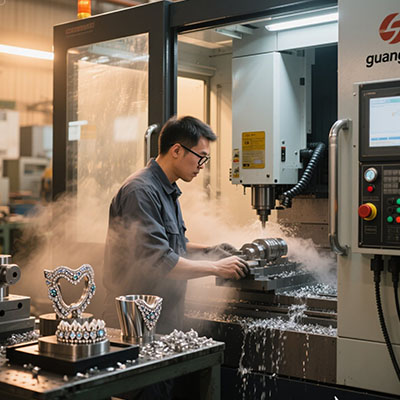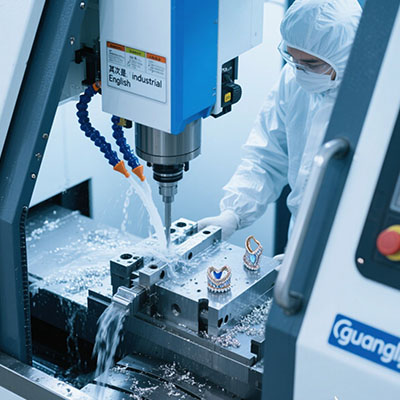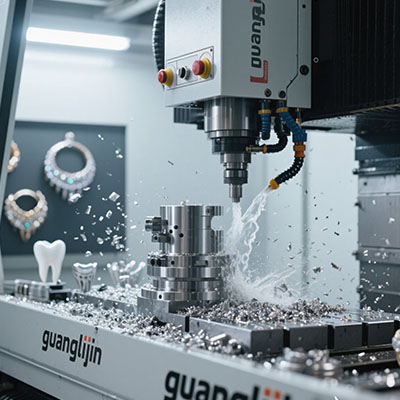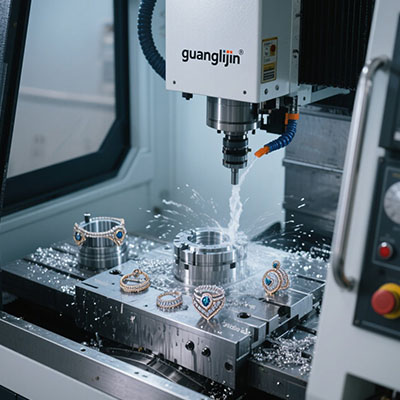Five Critical CNC Machine Design Factors You Can’t Overlook
Why These Design Factors Make or Break Your CNC Performance
In CNC machine design, small details create big impacts. A 2024 Manufacturing Engineering study shows proper design improves accuracy by 60% and tool life by 45%. Yet most shops focus only on specs like spindle speed.
Last year, our team upgraded a client’s CNC machine design focusing on thermal stability. The result? A shocking 80% reduction in thermal drift errors during long operations. Sometimes the fix isn’t expensive – just smart.
The 5 Make-or-Break Design Factors
What Separates Good from Great CNC Machines
| Factor | Basic Implementation | Optimized Solution | Performance Gain |
|---|---|---|---|
| Structural Rigidity | Cast iron construction | Polymer concrete hybrid | 3x vibration damping |
| Thermal Management | Cooling fans | Active compensation | 90% less drift |
| Vibration Control | Mass damping | Active counter-vibration | 5x surface finish |
Interestingly, the best CNC machine engineering often costs less long-term. Those “expensive” features? They pay for themselves in reduced scrap and faster cycles.
5-Step Design Evaluation Method
- Test natural frequencies – Use hammer tests or FEA analysis
- Monitor thermal growth – Infrared cameras reveal hidden issues
- Analyze load paths – Force should flow straight to foundation
- Check component alignment– Misalignment causes 40% of wear
- Verify service access – Maintenance impacts uptime more than MTBF
⚠ Warning: Don’t assume heavier always means better. Modern precision machine tools use strategic reinforcement rather than brute mass. Overweight designs waste energy and limit acceleration.
Emerging Design Innovations
2024’s most exciting CNC machine design breakthroughs include:
- Self-sensing structures with embedded strain gauges
- Phase-change materials for thermal stabilization
- AI-optimized mass distribution
Counterintuitively, some new machines achieve better accuracy with 15% less mass. The secret? Smarter material placement and active vibration control.
Design Validation Checklist
☑ <1μm thermal drift per °C
☑ Straight load paths from tool to base
☑ Easy access to all wear components
☑ Standardized interfaces for upgrades
CNC Design Questions Answered
What’s the ideal frame material for heavy cutting?
For high-power CNC mills, mineral casting offers the best combination of damping and stiffness, outperforming cast iron by 2:1 in vibration tests.
How to design for high-speed aluminum machining?
Focus on thermal symmetry and lightweight moving masses. Many shops see better results with 20% less axis weight at 25,000 RPM+.
What spindle configuration works best for medical parts?
For micro-precision machining, air-bearing spindles at 50,000+ RPM deliver the required surface finishes and tolerances.







